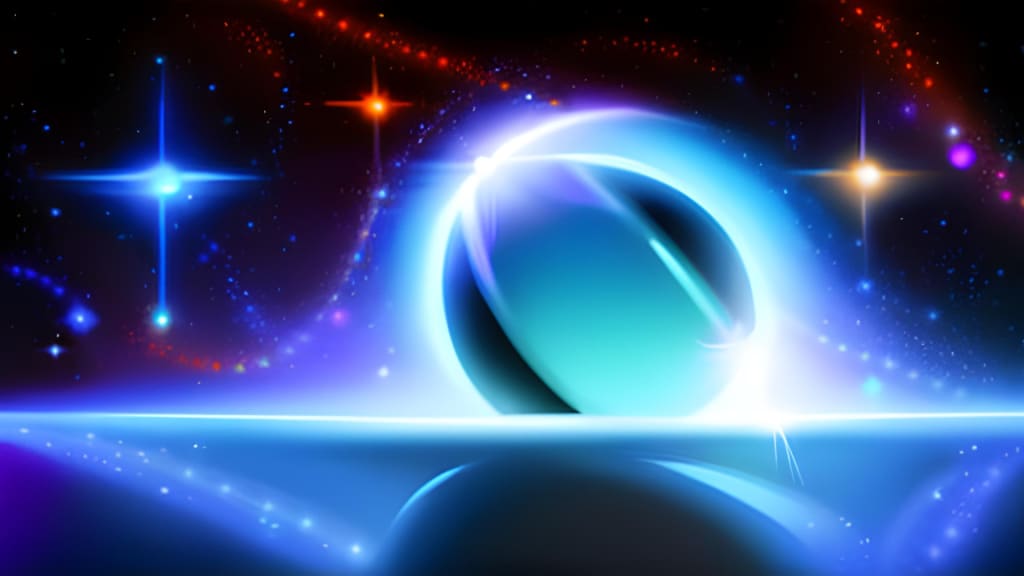How Stars Are Formed And Born.
The Fascinating Process of Star Formation: From Stellar Nurseries to the Birth of New Celestial Bodies

Friends, when we look at the sky at night, it sparkles with the light of billions and trillions of stars. These stars are just a part of our Milky Way galaxy, and there are countless stars in billions of galaxies. Friends, while observing these stars, you must have wondered at some point about how these stars are born and formed.
Before we delve into the birth and formation of stars, we need to understand what a nebula is. You can also call it a cosmic nursery, where new stars are born and formed. Nebulae are clouds of gas and dust where the birth of new stars and solar systems takes place. Nebulae can be formed for two main reasons, one of which is the aftermath of the creation of our universe. After the birth of our universe, the formation of elements and the formation of these items led to the creation of gas and dust clouds. In other words, the formation of such nebulae does not occur after the death of a star but is present along with the origin of our universe. You can also refer to them as the basic building blocks of the universe. The second type of nebula is formed by the explosion of a massive star called a supernova. After a supernova explosion, large amounts of gas and dust are generated, which then lead to the formation of nebulae. The size of a nebula can range from a few light-years to 1000 light-years.
Friends, by now you must have learned a lot about nebulae. In simple words, you can consider them as homes of stars. The dust and gas present in nebulae remains for a long time until another star or celestial object disrupts or waits for thousands or even millions of years. When a star or object passes through a cloud of gas and dust or due to certain reasons, a nebula undergoes an explosion, gravitational forces cause ripples and waves in the nebula. This creates a spacetime band, which causes the gas and dust clouds to gather in a particular region. You can understand it in a way that when we place something heavy on a stretched sheet in the air, it creates a depression due to gravity, and any object you place near it will be pulled toward that band.
Similarly, all the gas and dust clouds start gathering in a specific region. These clouds of gas and dust continue to accumulate in a region for several years until they don't become extremely massive. It takes hundreds of thousands of years to achieve this. This situation is called a Prostar. As the prostate becomes bigger, the gravitational forces increase, which try to compress it and gradually increase the density and pressure, making it hotter. You can understand it as when we fill too much air in a bicycle tube, the tube becomes hot, or it remains hot for hundreds of years until its temperature reaches 10 million Kelvin.
When the temperature exceeds 10 million Kelvin, the process of hydrogen fusion begins. Then, the protostar transforms into a star, meaning it starts burning, and its light becomes extremely intense. The remaining gas and dust of the solar wind push the cloud away into distant space. After the birth of a star, the formation of planetesimals occurs from the remaining gas and dust. Our nearest stars and the basic ingredients of our life, including the Sun, were also born in a similar way.
Thank you, friends. If you want a complete Article on nebula and its types, please let me know by commenting below.






Comments
Young Writer is not accepting comments at the moment
Want to show your support? Send them a one-off tip.